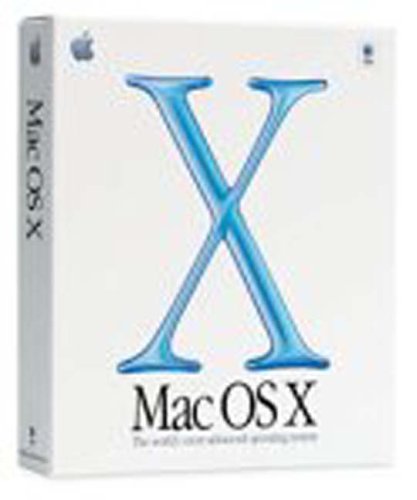Operating Systems
Home
Curriculum Vitae
Interests
Javascript

"For individuals who demand the most from their computing experience"
Features include:
sharing
-work on multiple tasks at once
without degrading
performance or reliability
work management

"More than a mere server and desktop OS"
Features include:

"OS X unleashes the full potential of the Macintosh"
Features include:
Operating Systems
An operating system is a collection of system programs that together
control the operation of a computer system. It organises and controls the hardware
i.e. it's the software that enables the programs we use. All desktop PCs have operating
systems; the most common being the Windows family (Windows 95, 98, 2000, NT and XP),
Unix (Linux) and Mackintosh operating systems.
Functions of the operating system
This is vital as programs/inputs compete for the attention of the central processing
unit (CPU) and demand memory/storage for their own purposes.
A consistent application program interface (API) allows a software developer to write an
application on one computer, knowing that it will run on another similar computer. Even
if a particular computer is unique, an operating system can ensure that applications
continue to run when hardware upgrades and updates occur, because the operating system
and not the application is charged with managing the hardware and the distribution of its
resources.
Note: It's important to differentiate between multi-user operating systems that
support networking. Windows XP support thousands of networked users, but the operating systems
themselves aren't true multi-user operating systems. The system administrator is the only "user";
the remote user logins are a program being run by the administrative user.
The operating system's tasks can be divided into 5 categories:
Process Management ensures that each process and application receives
enough of the processor's time to function properly. A process is a portion of a program in some
stage of execution.
The operating system controls and schedules processes for execution by the CPU. In a
single-tasking system, scheduling involves suspending the execution of a running program long
enough to deal with interrupts and user input. Interrupts are signals sent by the hardware or
software to the CPU requesting its attention. The operating system will schedule the priority of
the processes and deal with them in turn (pre-emptive switching and cooperative switching). In a
multi-user operating system the execution of applications must be arranged so that you believe
that there are several things happening at once.
A Process Control Block (PCB) contains all the info needed to keep track of a process when
switching (ID Number, location, states of various flags and switches, priority and input/output
devices used by the process etc.
Memory Management
Device Management
A driver is a special program which acts as a translator between the electric signals of the
hardware and high level programming languages of the operating system and application programs.
Managing all the resources of computer system is a large function of the operating system.
Drivers take data that the operating system has defined as a file and translate them into streams
of bits placed in specific locations on storage devices, or a series of laser pulses in a printer.
Storage Management
A Graphical User Interface (GUI) brings structure to the interaction
between a user and the computer.
The core operating system functions, the management of the computer system, lie in the
kernel of the operating system.
The Future...
The continuing improvements in technology and computing means that operating systems will have to
change and evolve to keep pace, but the core management and interface functions
will remain.